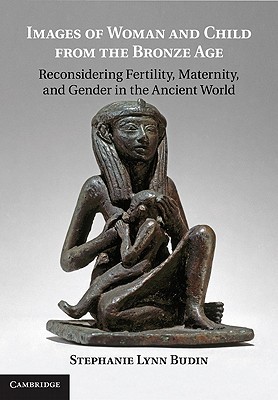
- We will send in 10–14 business days.
- Author: Stephanie Lynn Budin
- Publisher: Cambridge University Press
- Year: 2011
- ISBN-10: 0521193044
- ISBN-13: 9780521193047
- Format: 18 x 25.4 x 2.8 cm, kieti viršeliai
- Language: English
- SAVE -10% with code: EXTRA
Images of Woman and Child from the Bronze Age (e-book) (used book) | bookbook.eu
Reviews
Description
This book is a study of the woman-and-child motif - known as the kourotrophos - as it appeared in the Bronze Age eastern Mediterranean. Stephanie Lynn Budin argues that, contrary to many current beliefs, the image was not a universal symbol of maternity or a depiction of a mother goddess. In most of the ancient world, kourotrophic iconography was relatively rare in comparison to other images of women and served a number of different symbolic functions, ranging from honoring the king of Egypt to adding strength to magical spells to depicting scenes of daily life. This work provides an in-depth examination of ancient kourotrophoi and engages with a variety of debates that they have spawned, including their role in the rise of patriarchy and what they say about ancient constructions of gender.
EXTRA 10 % discount with code: EXTRA
The promotion ends in 23d.00:57:17
The discount code is valid when purchasing from 10 €. Discounts do not stack.
- Author: Stephanie Lynn Budin
- Publisher: Cambridge University Press
- Year: 2011
- ISBN-10: 0521193044
- ISBN-13: 9780521193047
- Format: 18 x 25.4 x 2.8 cm, kieti viršeliai
- Language: English English
This book is a study of the woman-and-child motif - known as the kourotrophos - as it appeared in the Bronze Age eastern Mediterranean. Stephanie Lynn Budin argues that, contrary to many current beliefs, the image was not a universal symbol of maternity or a depiction of a mother goddess. In most of the ancient world, kourotrophic iconography was relatively rare in comparison to other images of women and served a number of different symbolic functions, ranging from honoring the king of Egypt to adding strength to magical spells to depicting scenes of daily life. This work provides an in-depth examination of ancient kourotrophoi and engages with a variety of debates that they have spawned, including their role in the rise of patriarchy and what they say about ancient constructions of gender.


Reviews